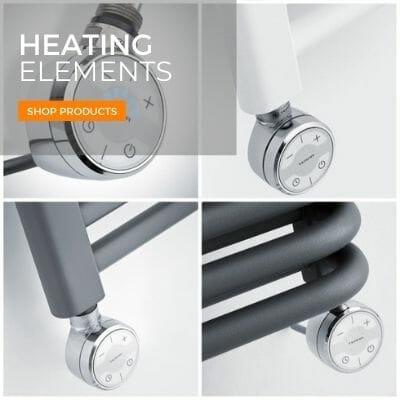Looking to create a more energy efficient heating system? An electric heating element could be just what you need! But what are heating elements and how do they work?
In this guide, we’ll explain all you need to know about heating elements and how they could enhance your home heating.
Before we take you through the different types of heating elements that we offer, let’s address the main question. What is a heating element?
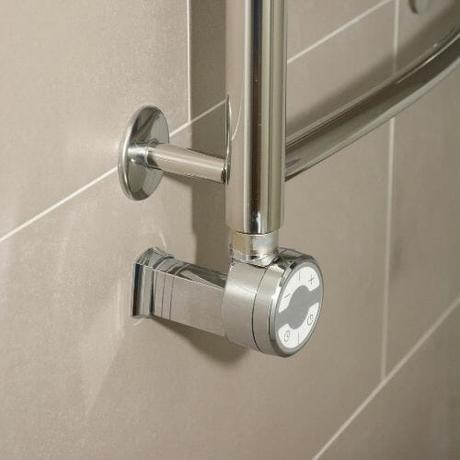
What Are Heating Elements?
Heating elements are clever little tools that convert electrical energy into heat. You may think that you haven’t come across them before. But, they are more common than you might think!
In fact, heating elements are used in many household devices that heat up. For example, toasters, coffee makers, hair dryers, kettles, water heaters and electric stoves.
Some countries like Iceland even use them to heat the roads to prevent freezing! Pretty cool! Well, hot. But, you get the idea.
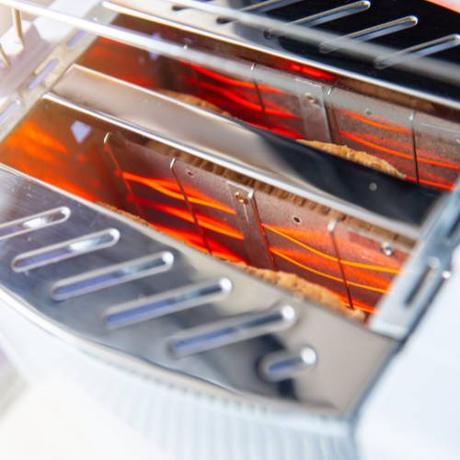
Radiator Heating Elements
Radiator heating elements look like simple metal rods that are inserted into the side or bottom radiator inlet.
Using a heating element means that you can turn your radiator into a dual fuel or electric radiator. So, what is the difference?
Dual fuel radiators can operate with your central heating system, and independently from it. Whereas, electric radiators work purely independently.
Both options are great for bathrooms because you can still enjoy a warm space even in the summer when the heating is off.
Not only does this make for a more comfortable experience, but it also reduces your energy usage and costs. Therefore, creating a more efficient home heating system.
Please note, that if you do intend to use your radiator or towel rail as a dual fuel system, you will also need a Dual Fuel T Piece.
Will My Radiator Work With A Heating Element?
Yes! Our electric heating elements can be used with any radiator or heated towel rail. Just make sure to select the correct Wattage to ensure enough heat is provided for the size of your space. We will go into this in more detail further on.
Another great thing about our elements is that you can have them on show, or disguised if you prefer.
For example, if you want to create more of a traditional feel to your interior, you might think that the modern Bluetooth element is a little distracting.
To solve this, we supply plenty of different heating element covers in finishes to match your radiator and create a coordinated look.
Our Milano Elizabeth heated towel rails are great examples of this. Can you spot the element?
It is actually hidden on the right hand side! But nobody will ever know!
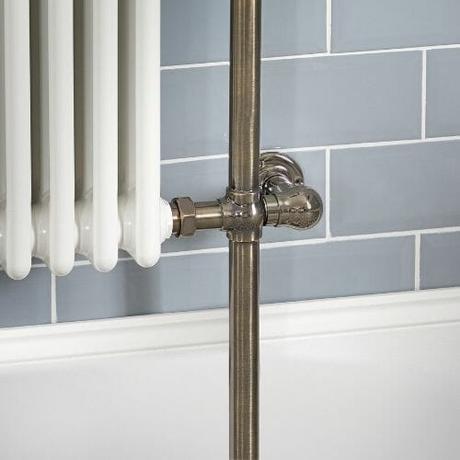
What Are Heating Elements Made Of?
Depending on the function they perform, heating elements are made of different materials. For example, our radiator heating elements are made from stainless steel and ABS. They also feature a stylish chrome finish to complement other chrome bathroom accessories.
However, not all heater designs require metal heating elements. Other elements required by industrial processes are made from extremely heat-resistant engineered materials.
For example, high resistance PTC heating elements, refractory ceramics, thick film heaters, polymer PTC rubber and composite materials or sheathed elements containing magnesium oxide powder, to name a few.
Heat lamps such as powerful incandescent lamps also feature radiative heating elements designed to radiate mostly infrared instead of visible light.

How Do Heating Elements Work?
Electric heating elements must be hardwired into the mains electric by a qualified electrician. Once this has been completed and the element is safely secured inside the radiator, the element does all the work.
The electric current flows from the mains through the element. Then the heating element converts electrical energy into heat. This process is called Joule heating.
After that, the heat from the element then heats up the water inside the radiator and the radiator heats the room via convection, like standard radiators.
You might be wondering how electricity and water are able to work together without causing a serious safety hazard. Well, our excellent quality electric elements are IP64 and above. This means that they are designed to offer a high level of dust and water protection.
But, there doesn’t just have to be water inside the radiator. For example, our electric radiators are filled with a thermodynamic fluid called glycol.
Why do we use glycol, you ask? Because it has a low freezing point and has inhibitors which don’t cause the metal to rust.

Different Types Of Heating Elements
To keep it simple, we will focus on the different types of heating elements that are available in our collection.
Simple Electric Heating Elements
As the name suggests, these simple elements simply heat up the radiator when you need it. They range from 500W to 1200W outputs.
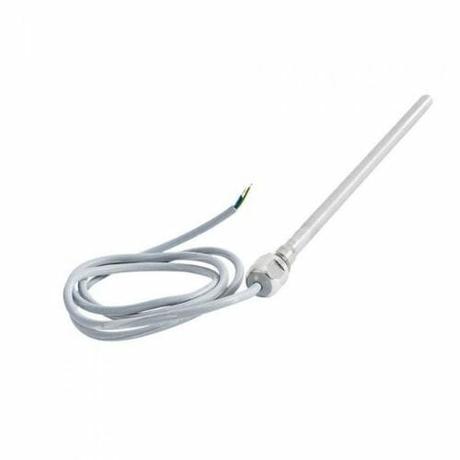
Thermostatic Electric Heating Elements
Just like TRVs offer more functionality than manual valves, thermostatic heating elements offer more advanced heating controls than simple elements.
For example, thermostatic elements feature five heat settings from 30°C to 60°C and a timed dryer function.
Better still, they are Bluetooth enabled. This means that you can programme various heating cycles from your mobile device.
Since you can customise the timer to only heat your home when you need, you can also reduce your heating costs and energy consumption.
If you haven’t installed an electric radiator before and would like to know more about the running costs, head over to our electric radiator running cost guide.
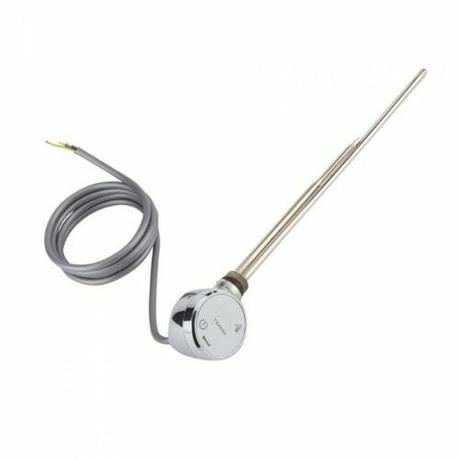
What Size Heating Element Do I Need?
Calculating the heat requirements of your electric element is easier than you might think. All you need to do is use our BTU Calculator in the same way that you would when looking for a central heating radiator.
Once you have inputted your room information, the calculator will provide the results in BTUs and Watts.
The important metric you need to look at here is the Wattage. This will tell you how powerful your element needs to be in order to heat your room effectively.
Remember, you can always install multiple radiators in a room as long as the elements add up to the total Wattage requirements.
How Does Scale Form On Heating Elements?
Whenever there is a combination of hard water and high temperatures, insoluble calcium carbonate minerals form and stick to surfaces.
Unfortunately, this chemical reaction occurs even quicker in high temperatures.
Therefore, heating elements in devices like boilers and radiators are easily affected by limescale build up.
So, why is this a problem? Well, limescale acts as an insulator and significantly reduces the efficiency of the heating element.
This means that your heating costs could be too high for the amount of heat being provided.
But don’t worry, there is a simple way to remove limescale from your heating element.
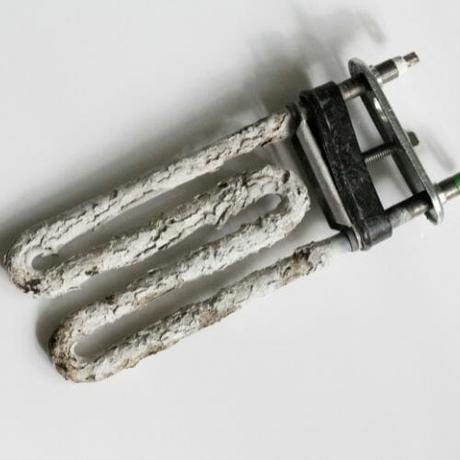
How To Remove Limescale From Heating Elements
If you have decided to install an electric radiator from BestHeating, the radiators are delivered prefilled with glycol, anti-freeze and anti-corrosion chemicals to prevent the buildup of limescale.
But, if you are using a hot water radiator in conjunction with a heating element, you may need to remove the limescale. Here’s how to do it.
- Drain the radiator.
- Disconnect the device from electricity.
- Remove the heating element.
- Create a solution of vinegar and water or sodium carbonate and water.
- Clean the element with the solution and a microfibre cloth.
If you notice that the element has corroded too much to work efficiently, you can always replace the element without having to change the entire radiator.
Ready To Shop Heating Elements?
We hope this guide has given you a good understanding of what electric heating elements are and how you could benefit from them!
If you want to turn your radiators into efficient electric heaters, browse our collection and start saving on your energy usage and costs today.
